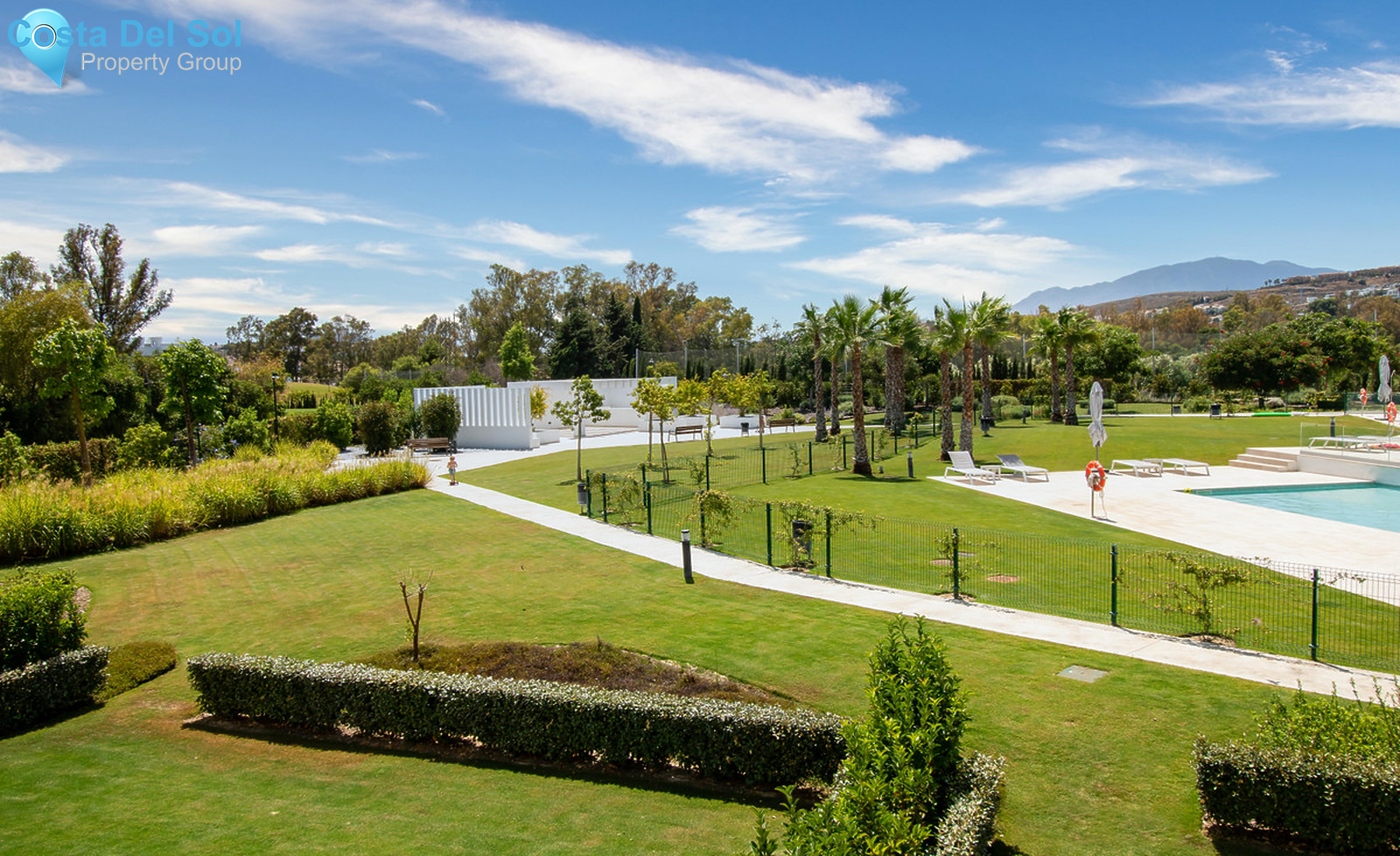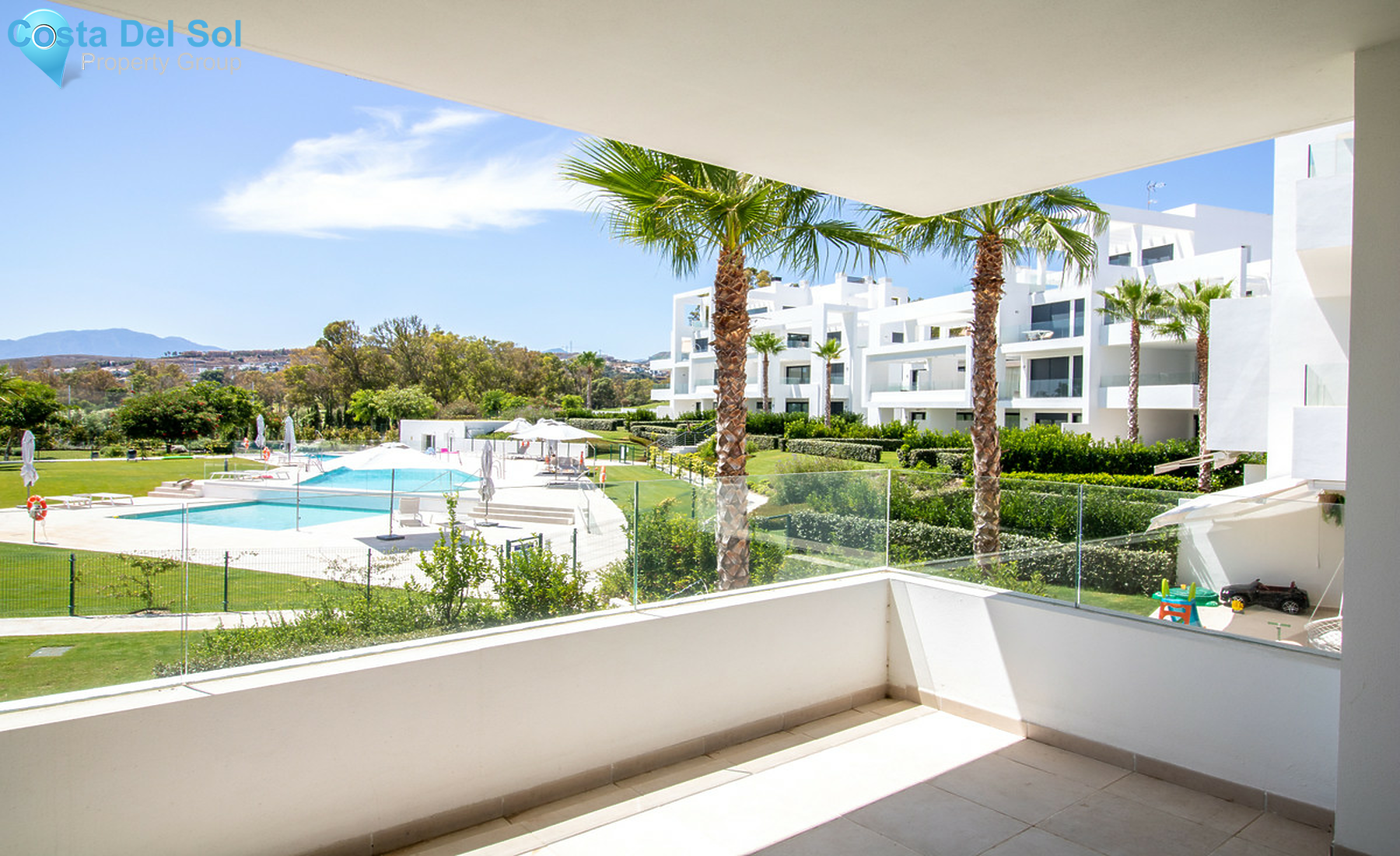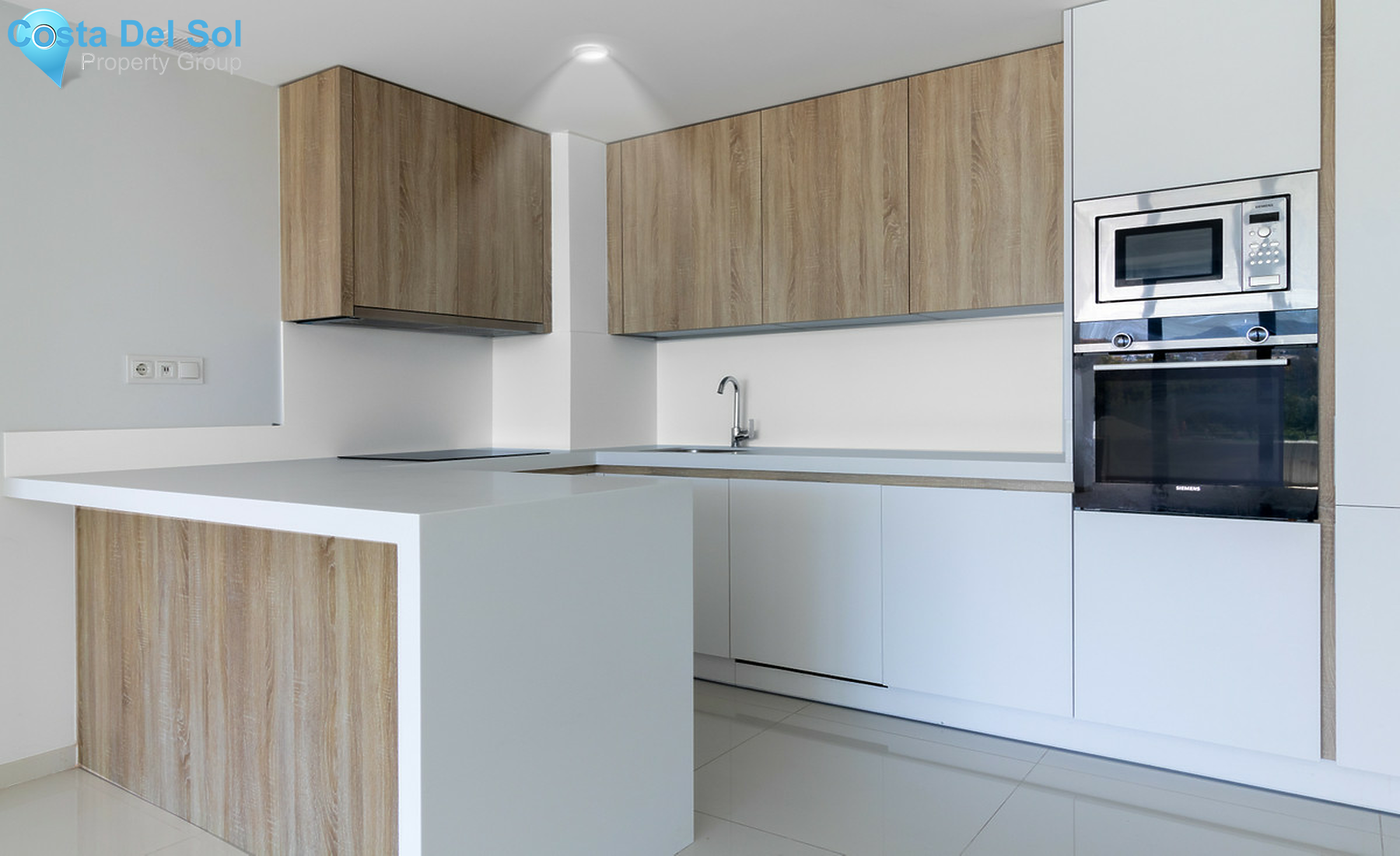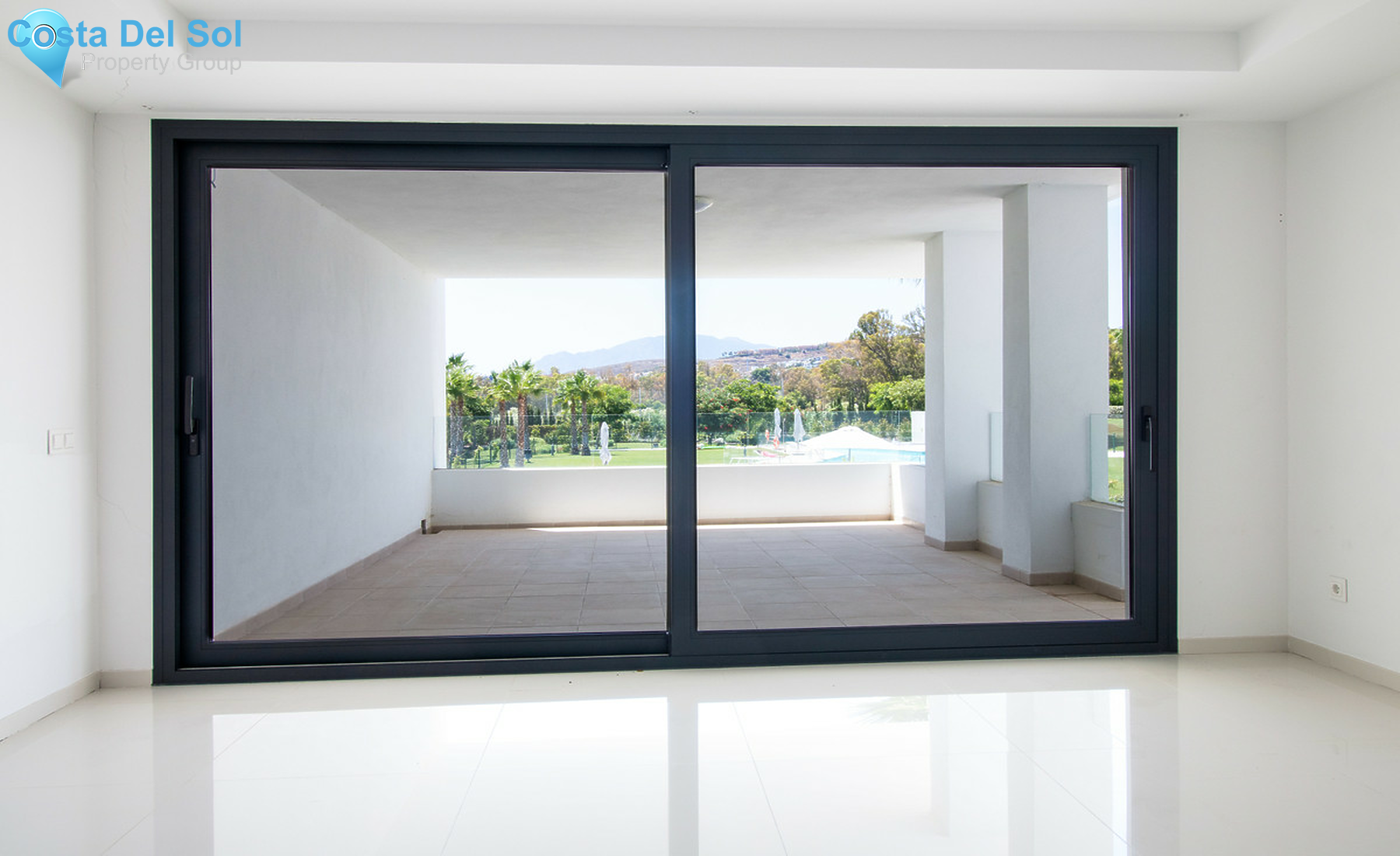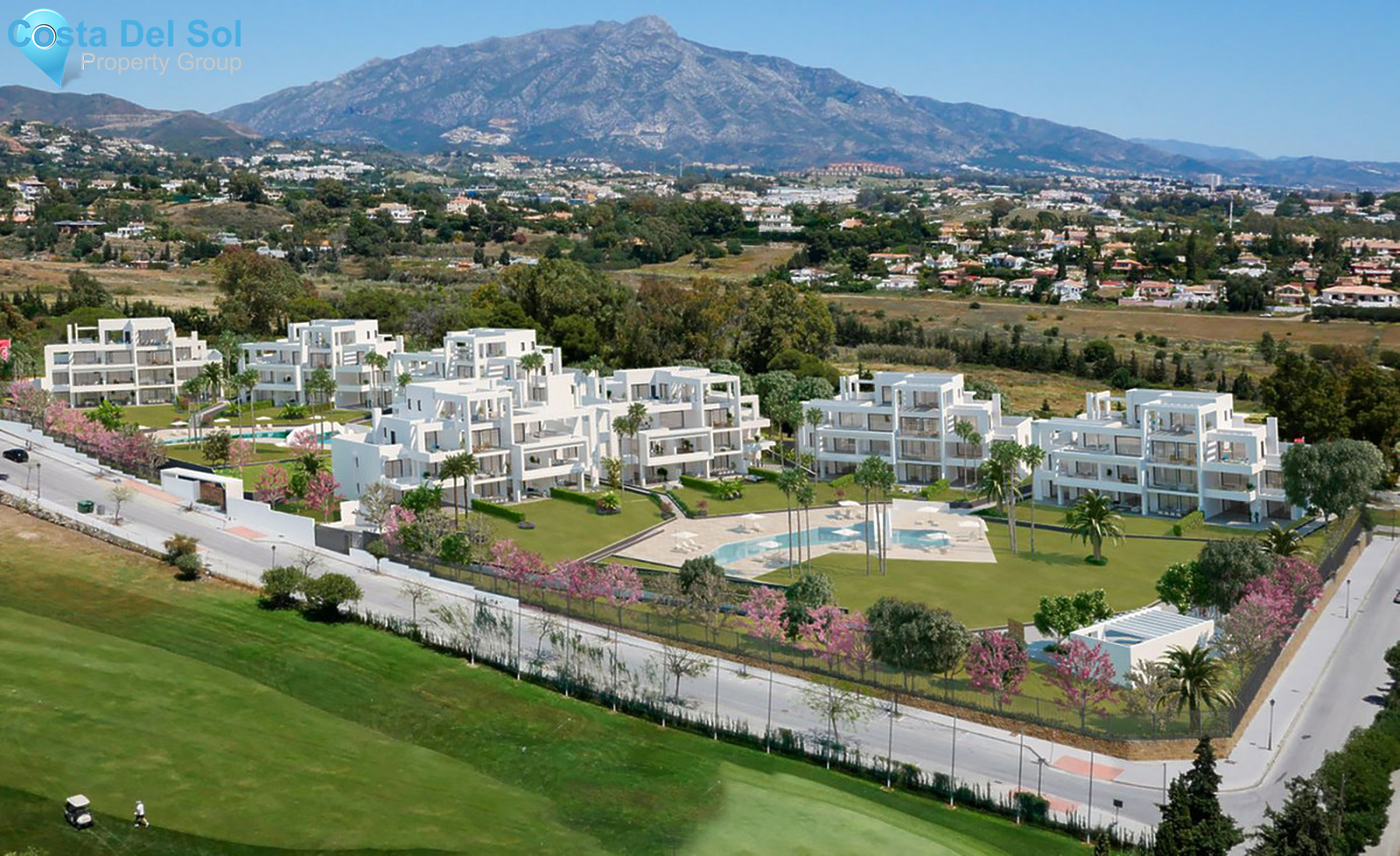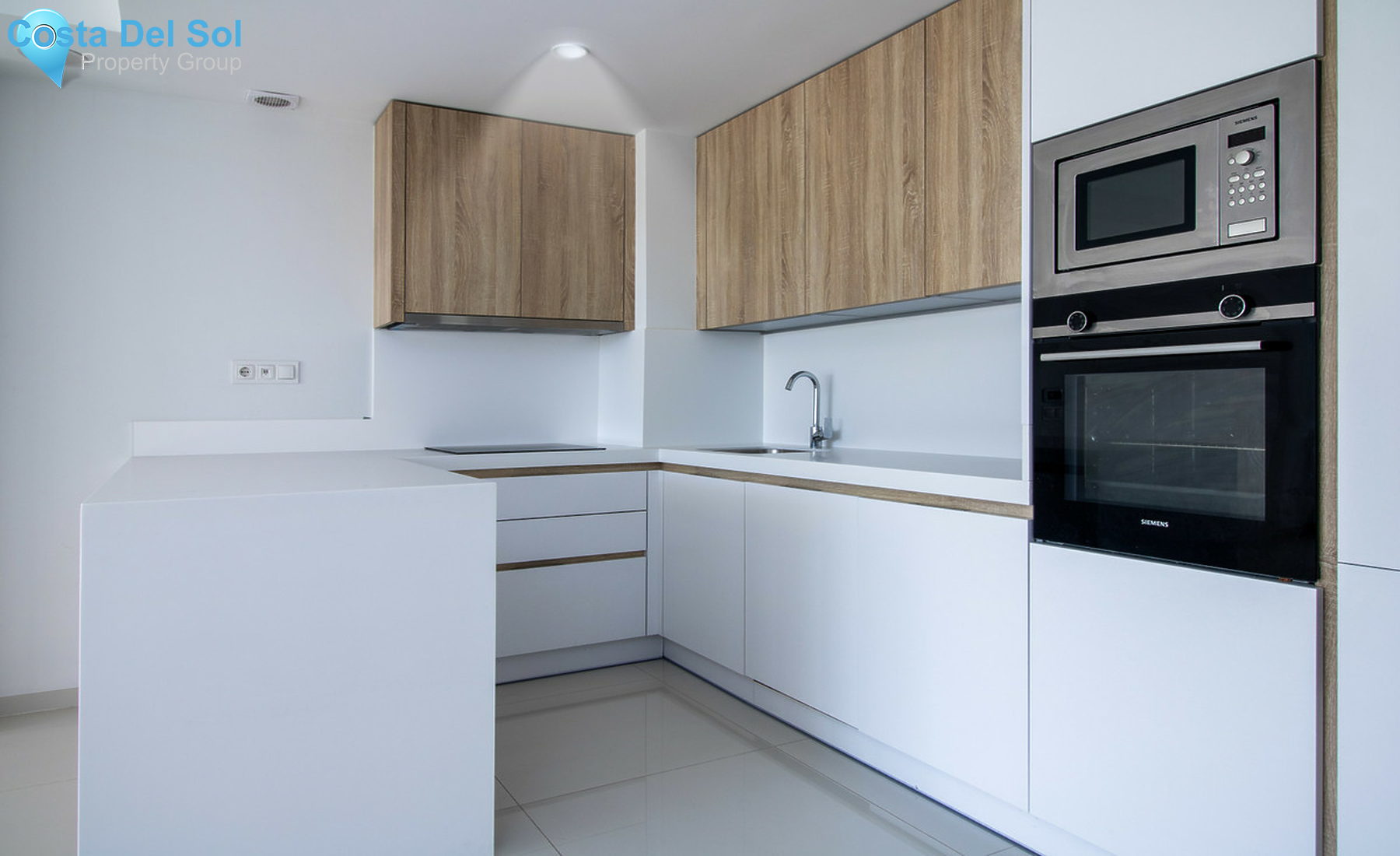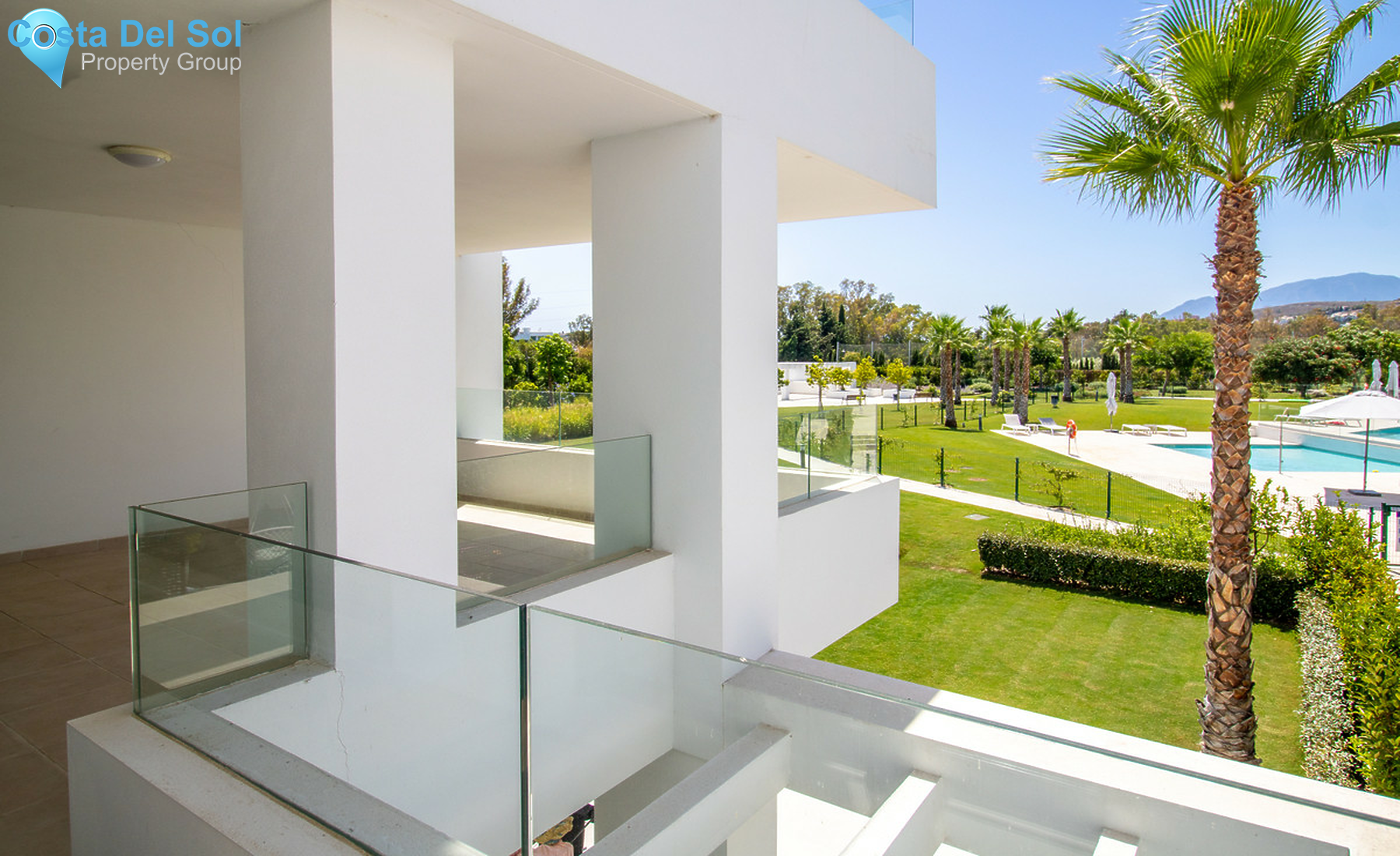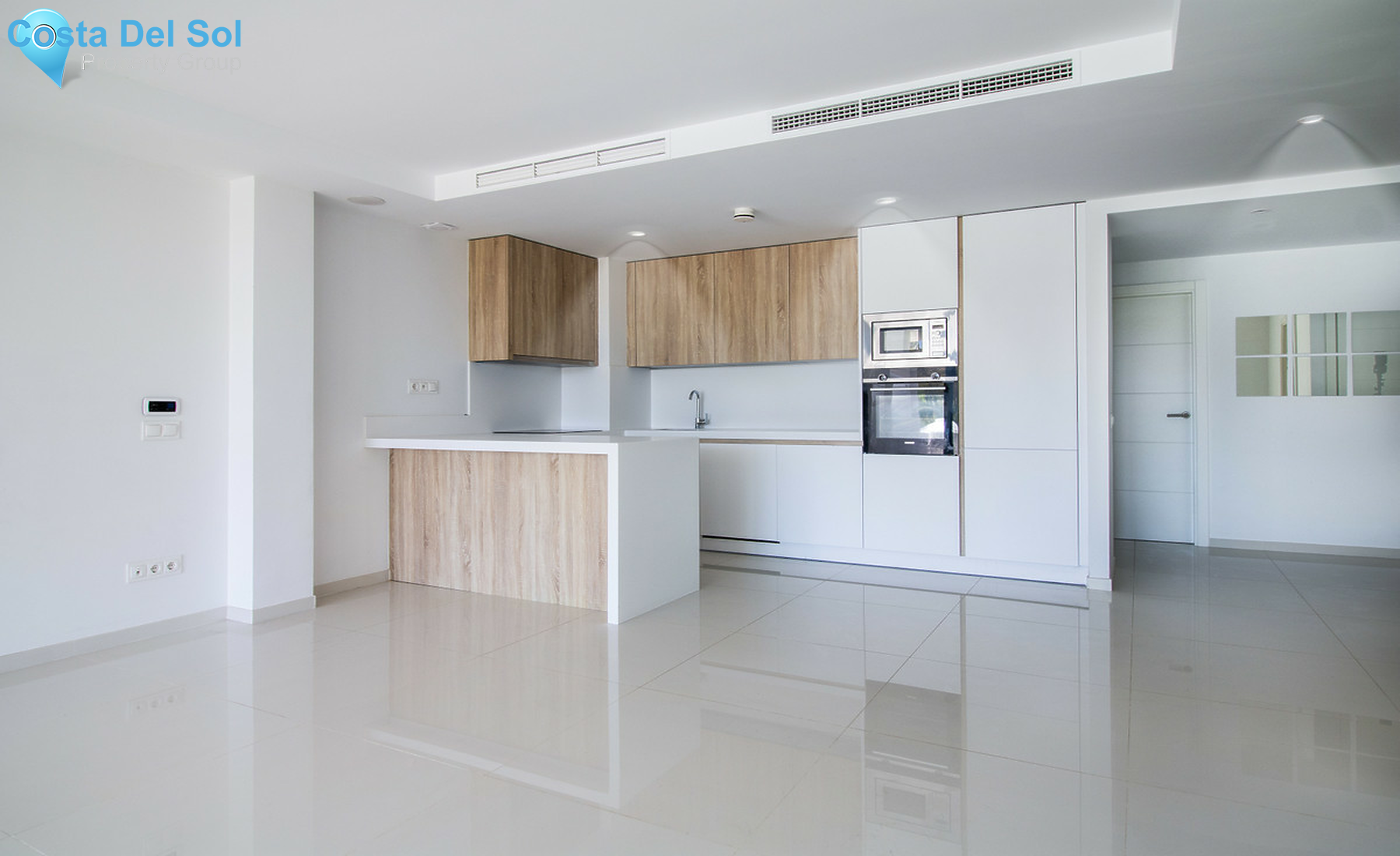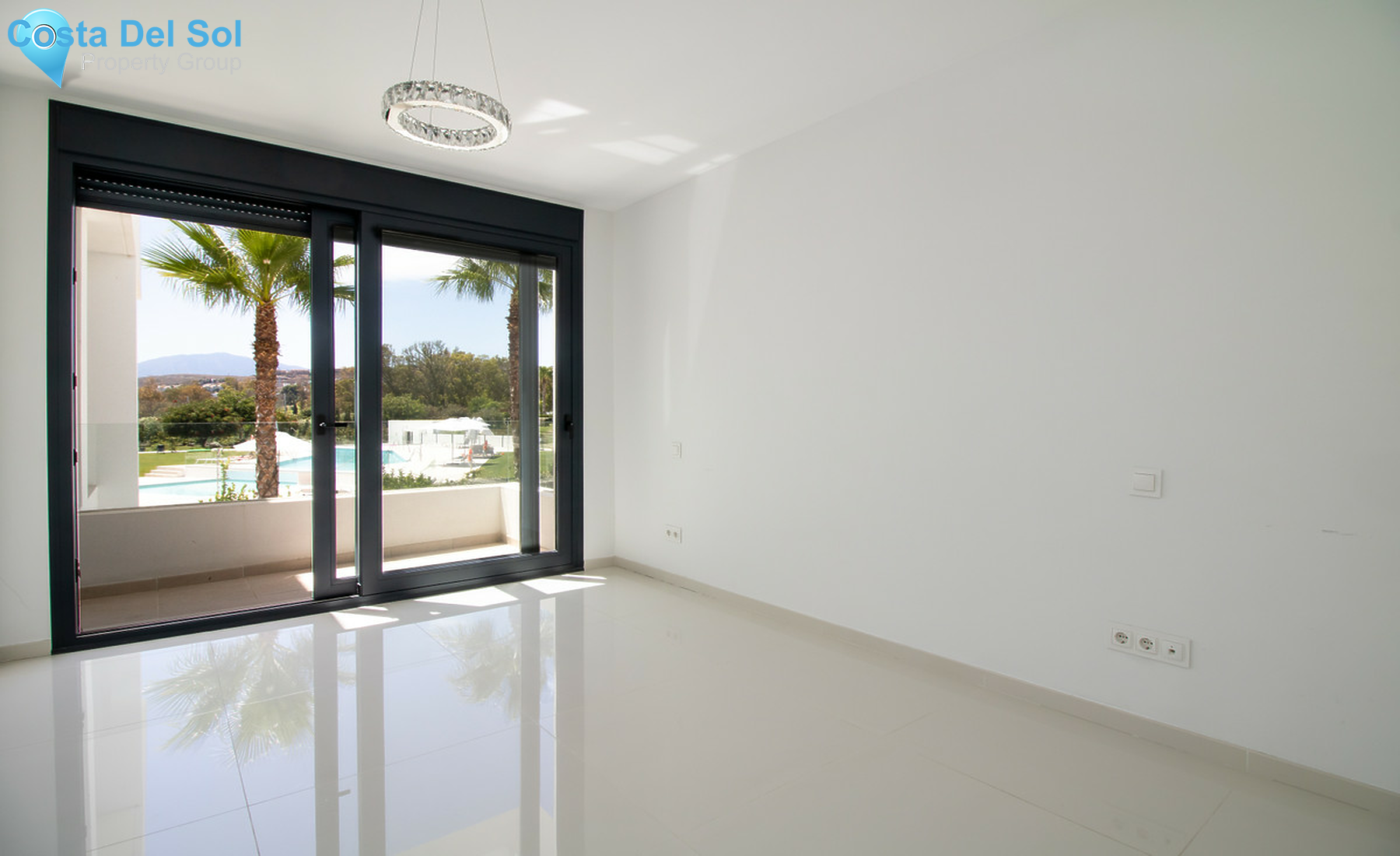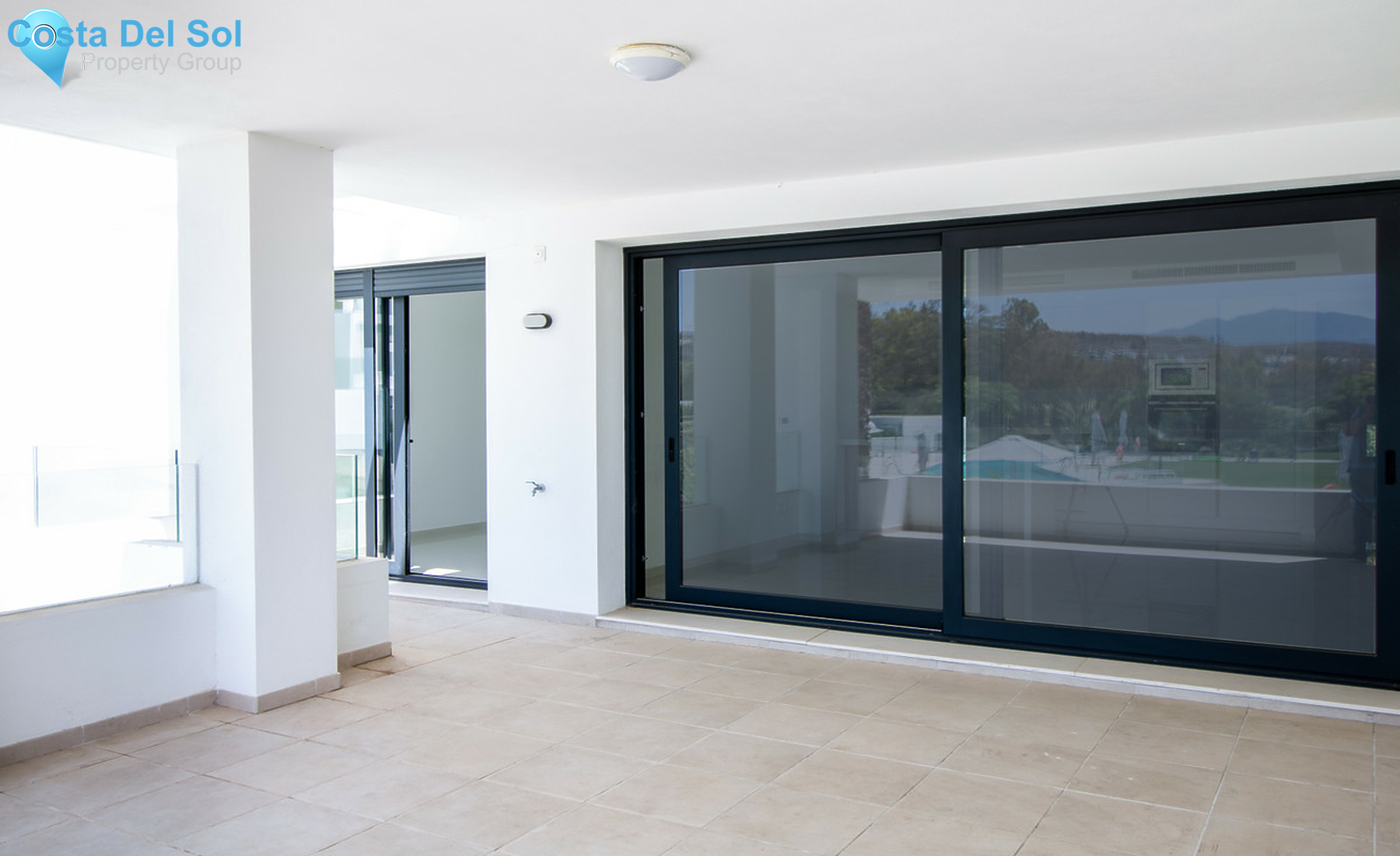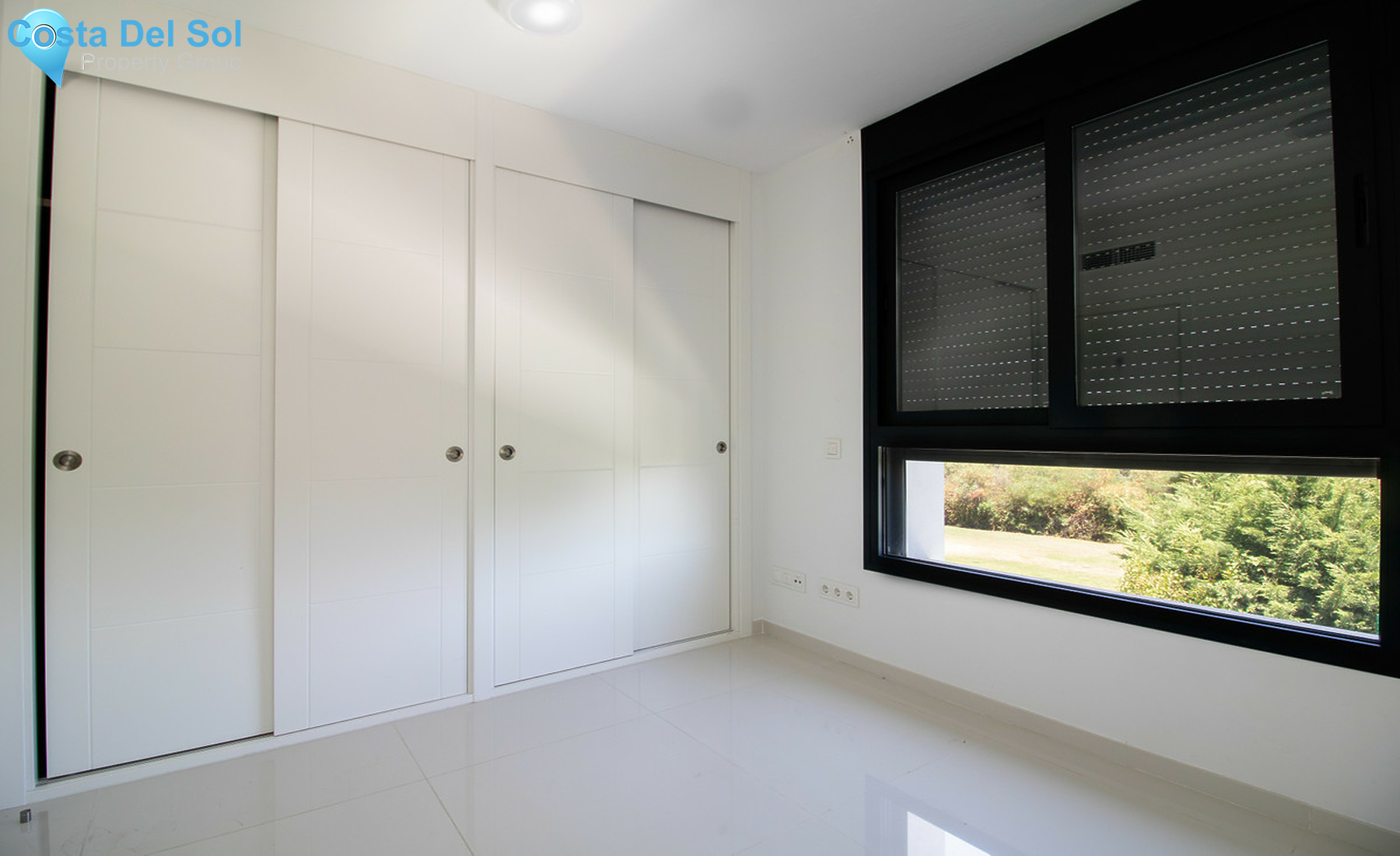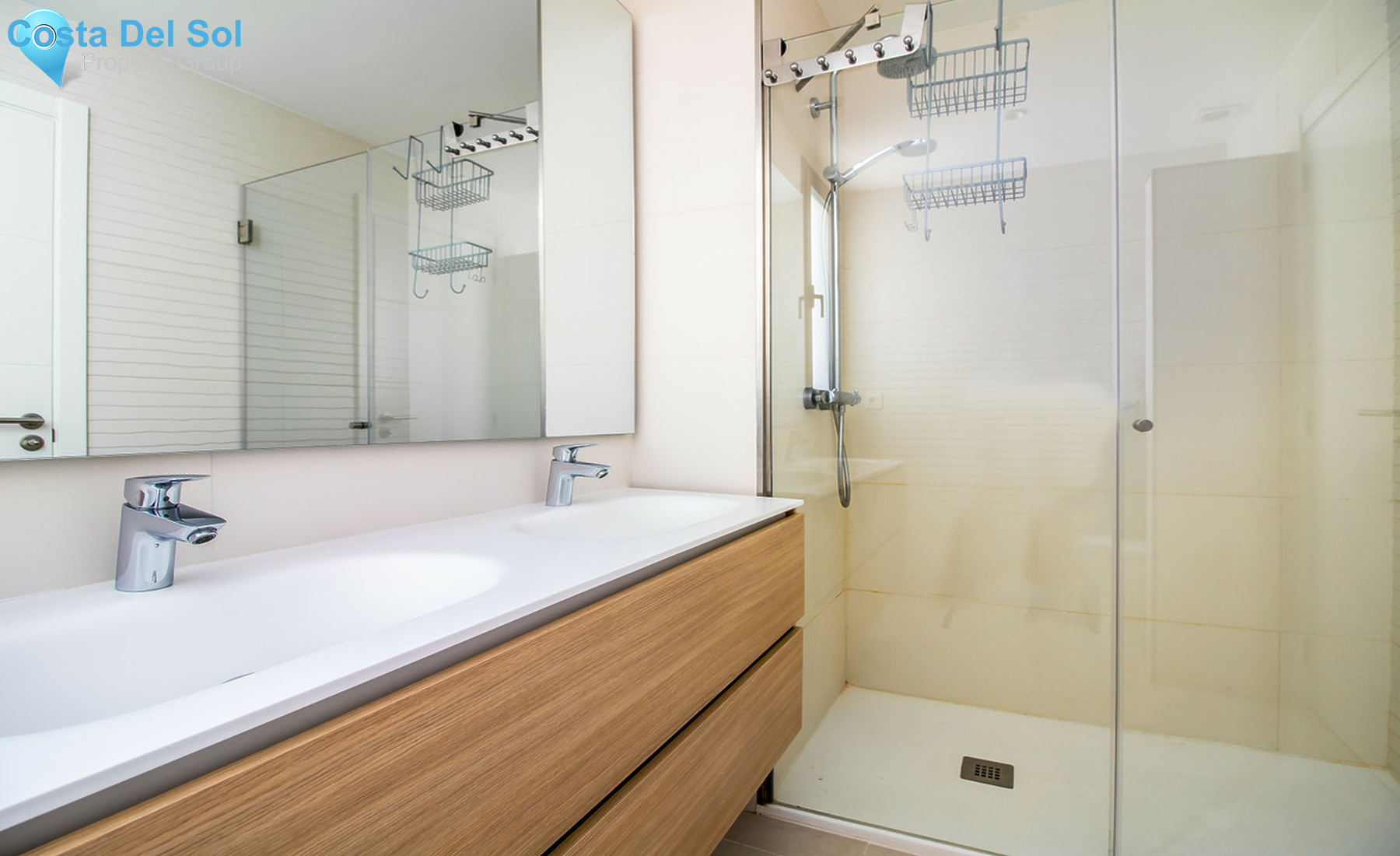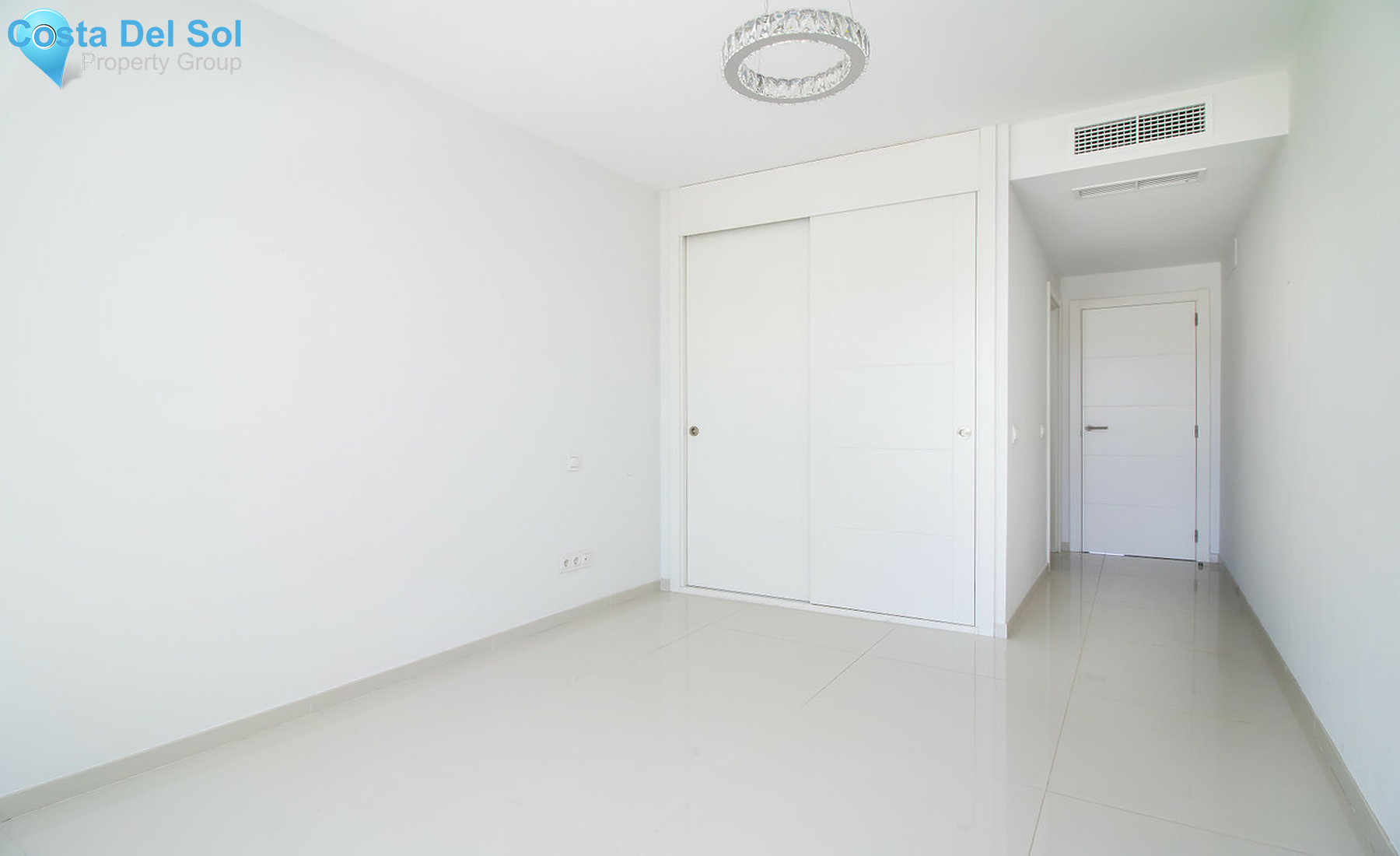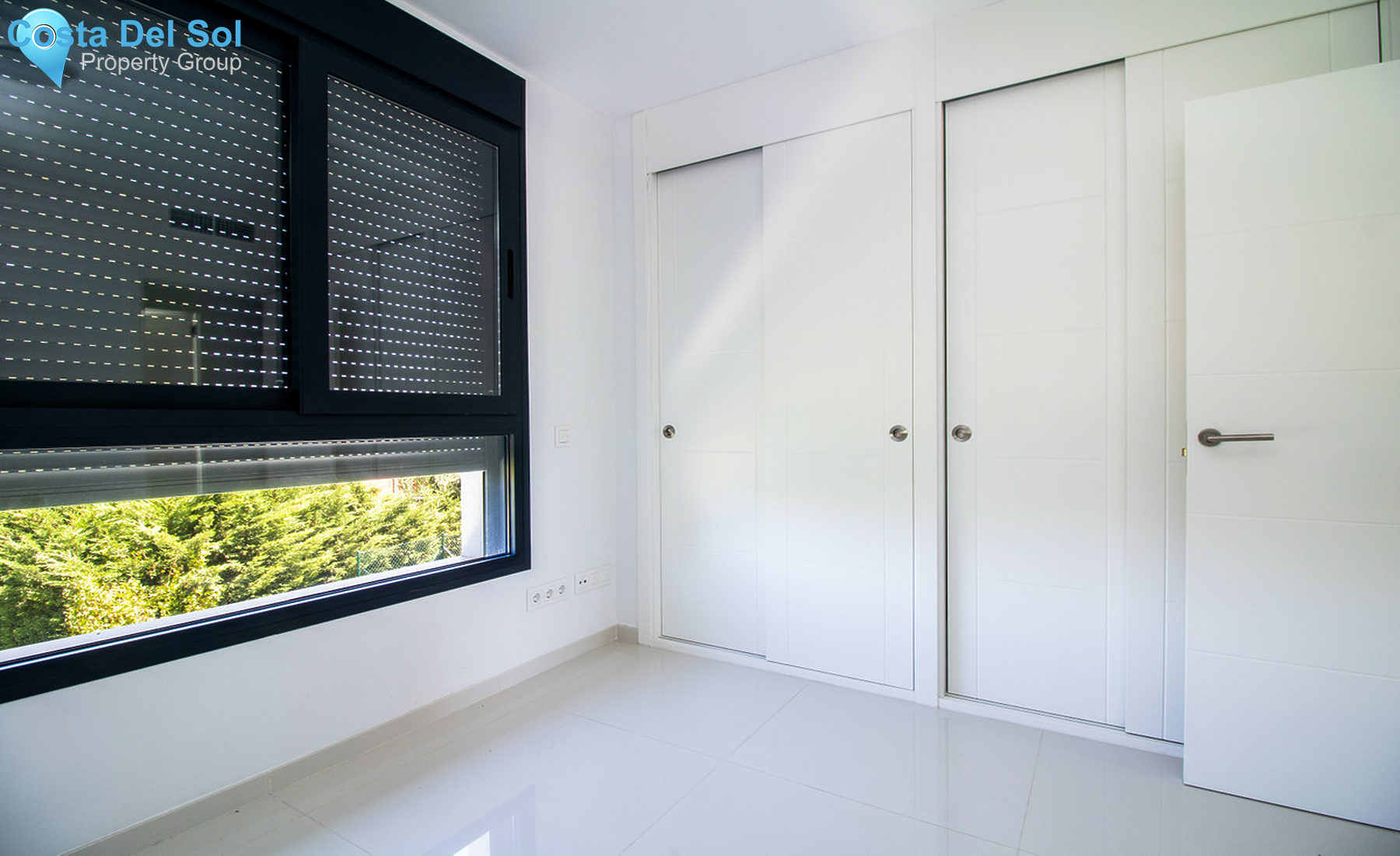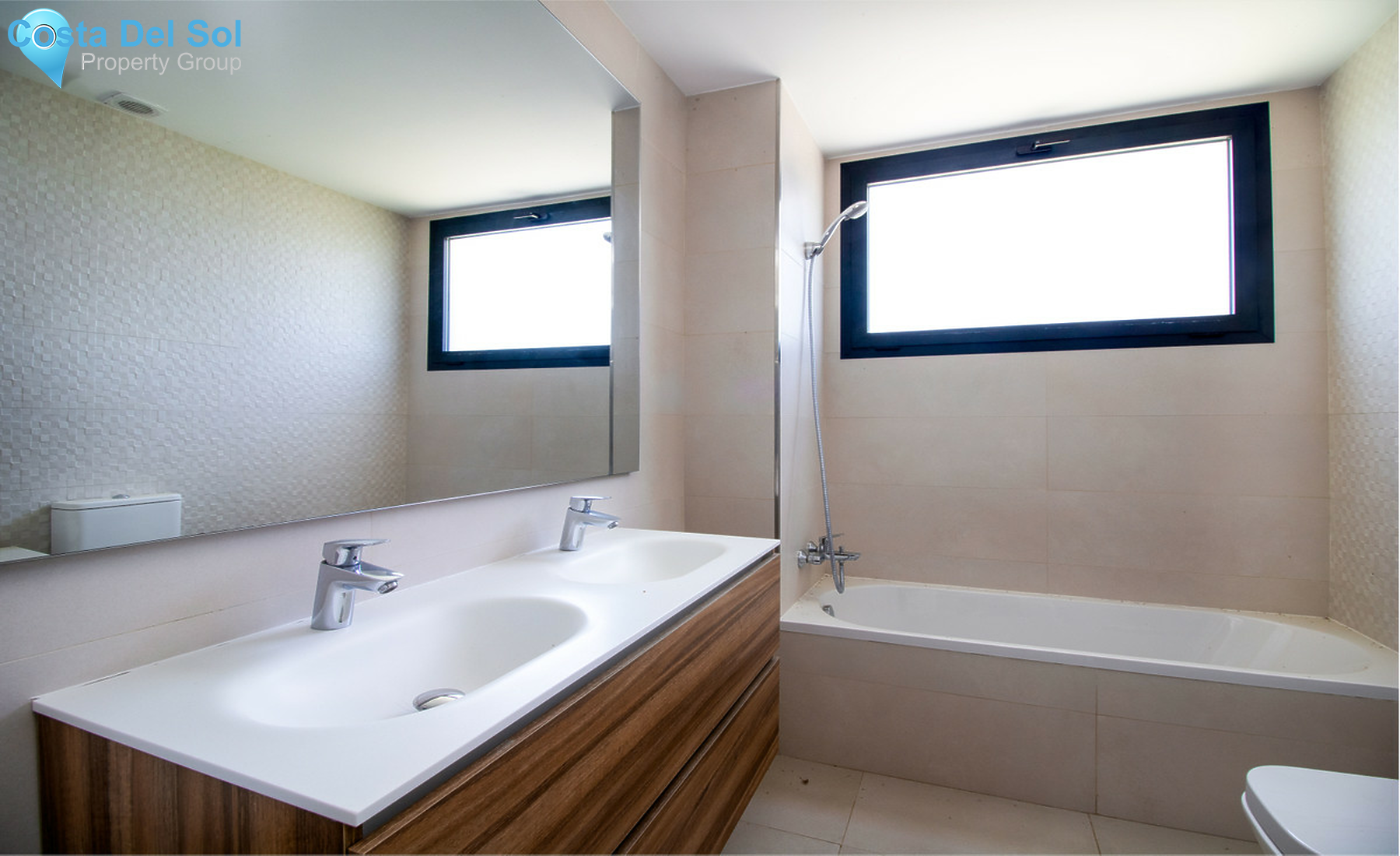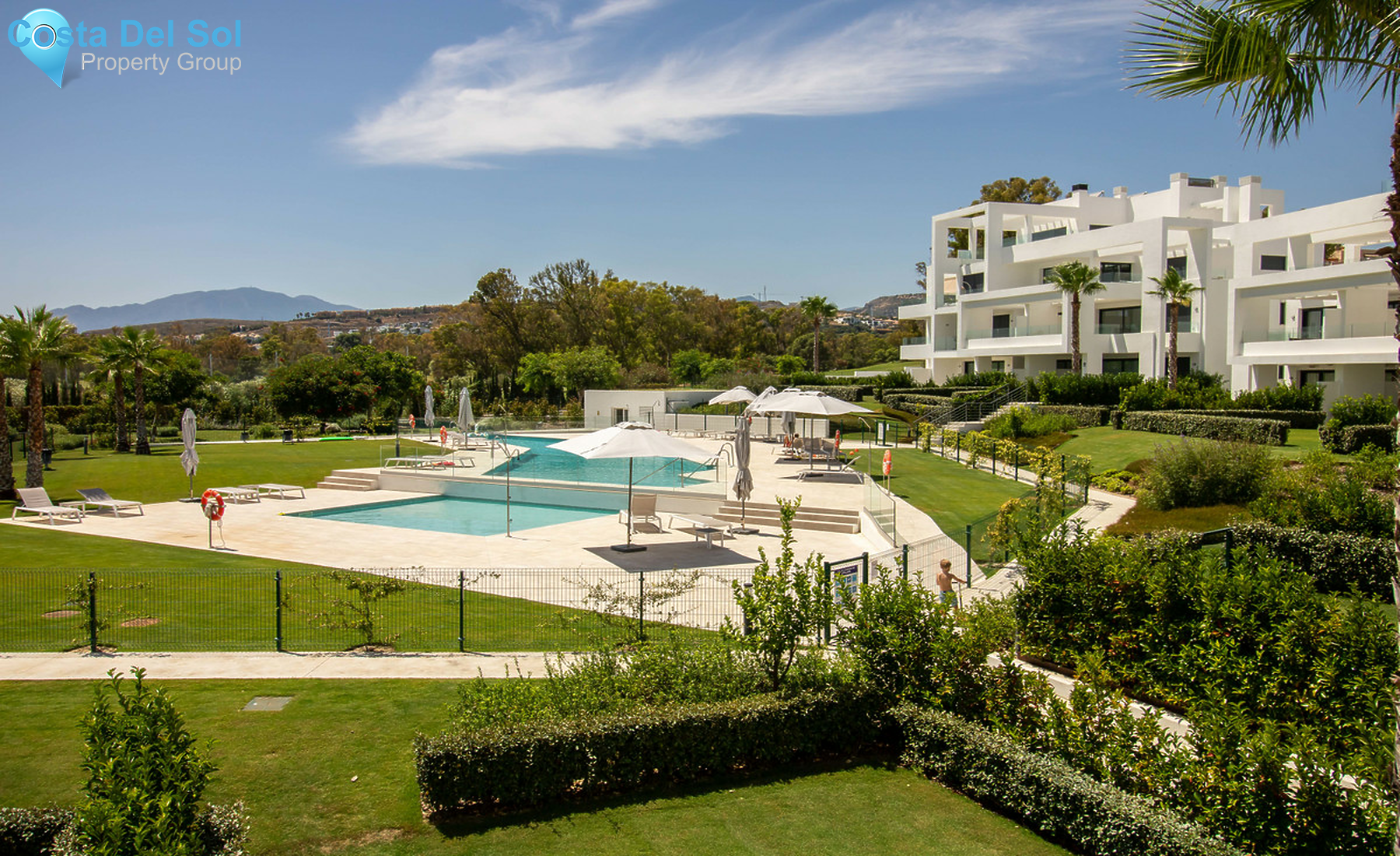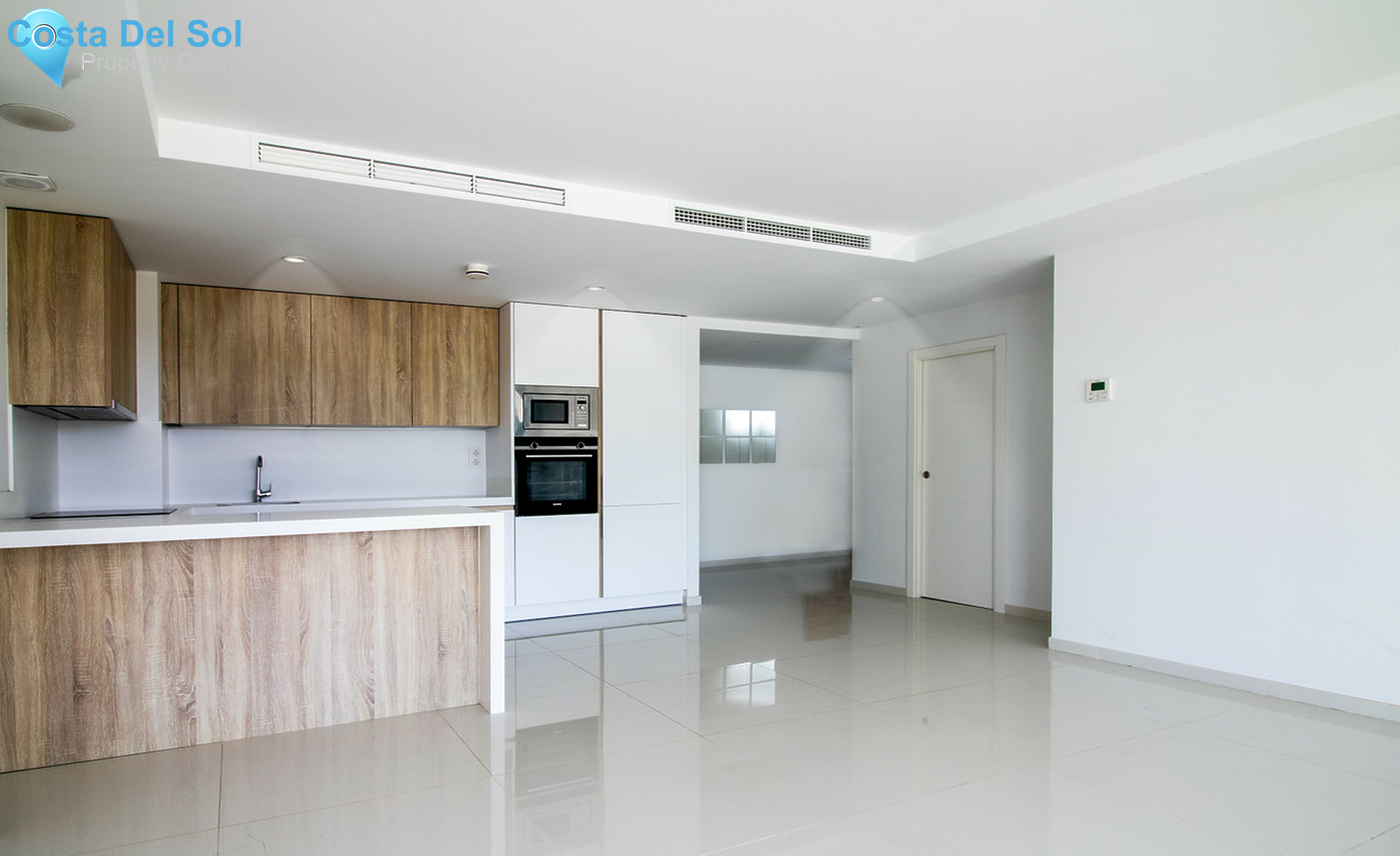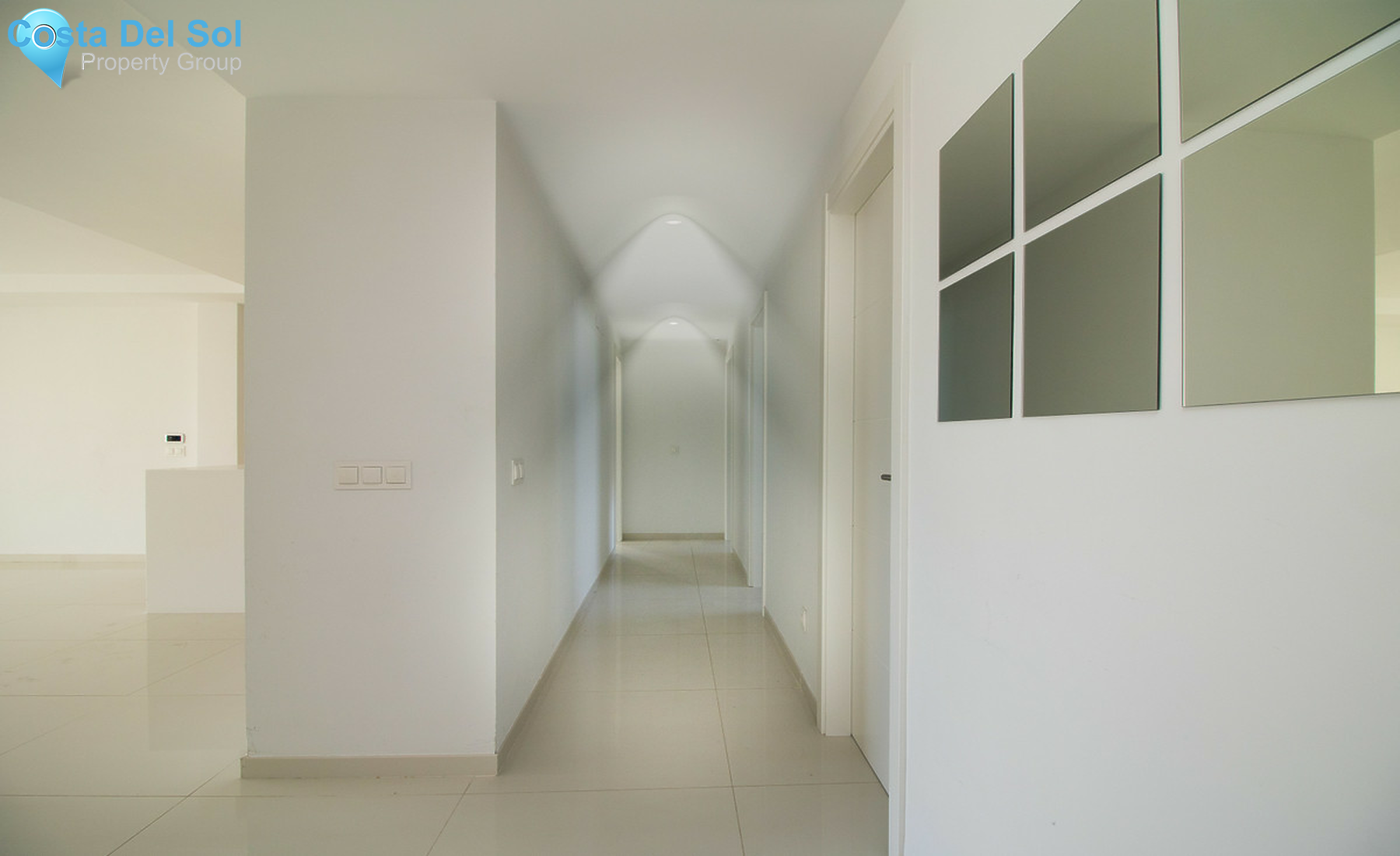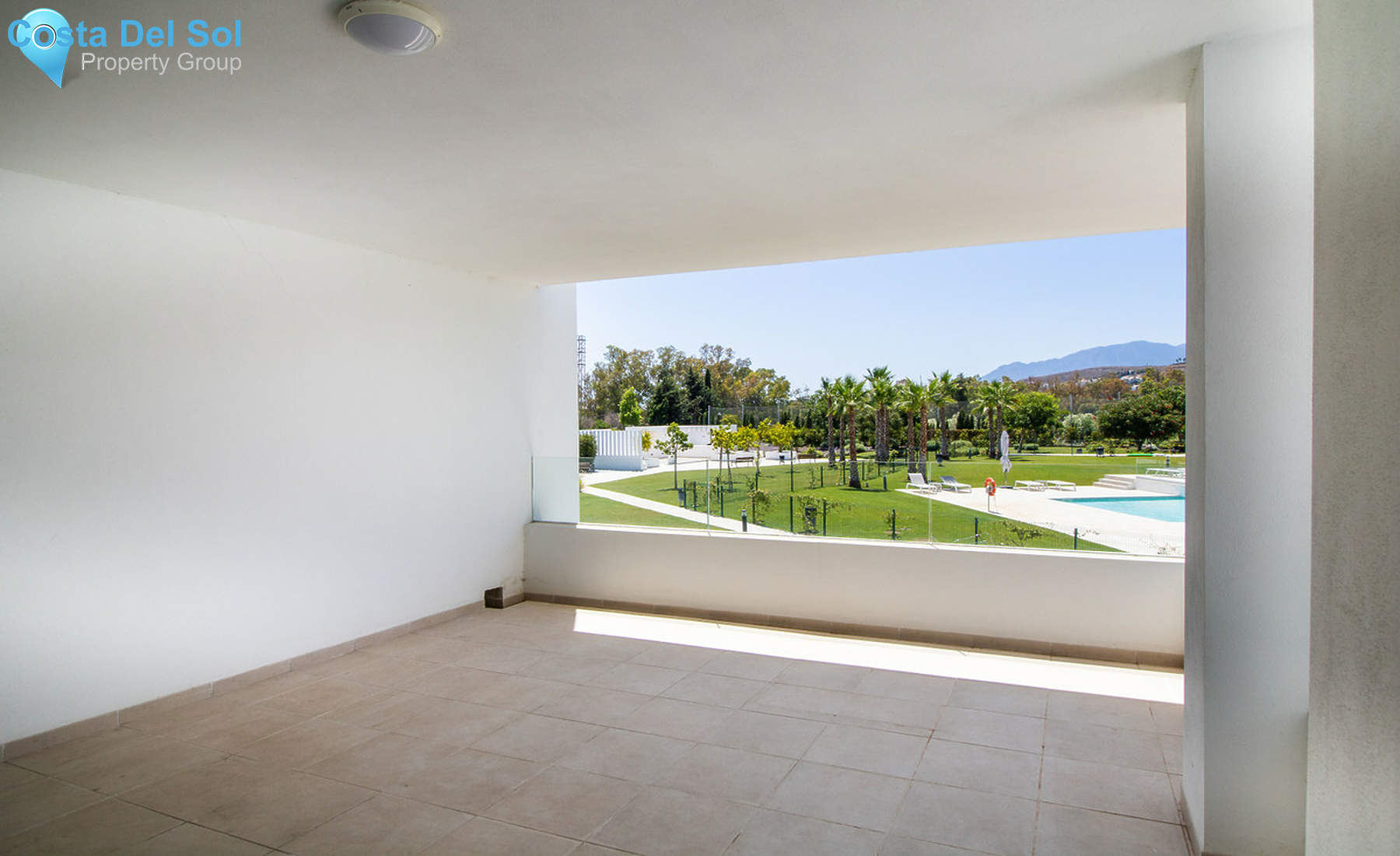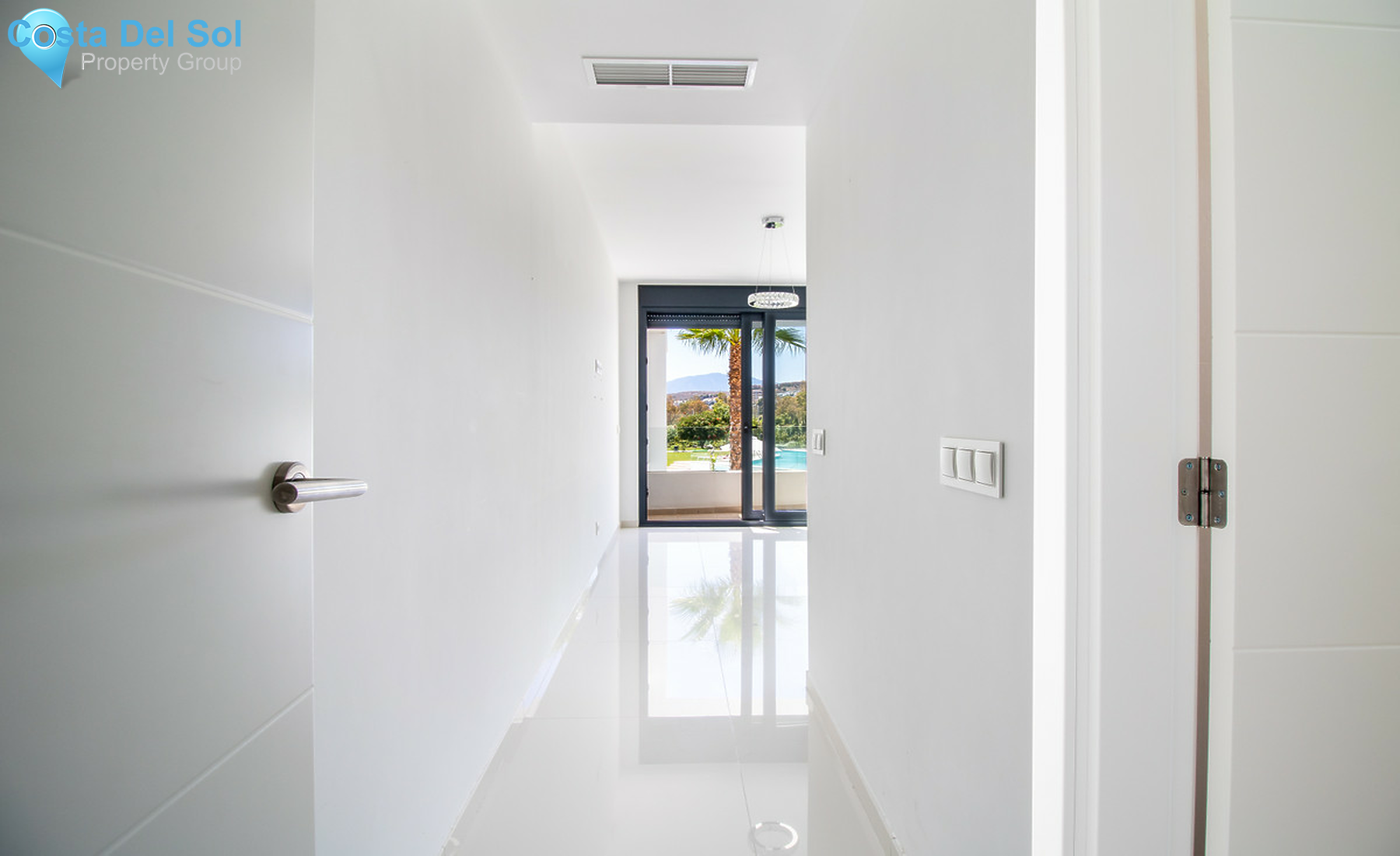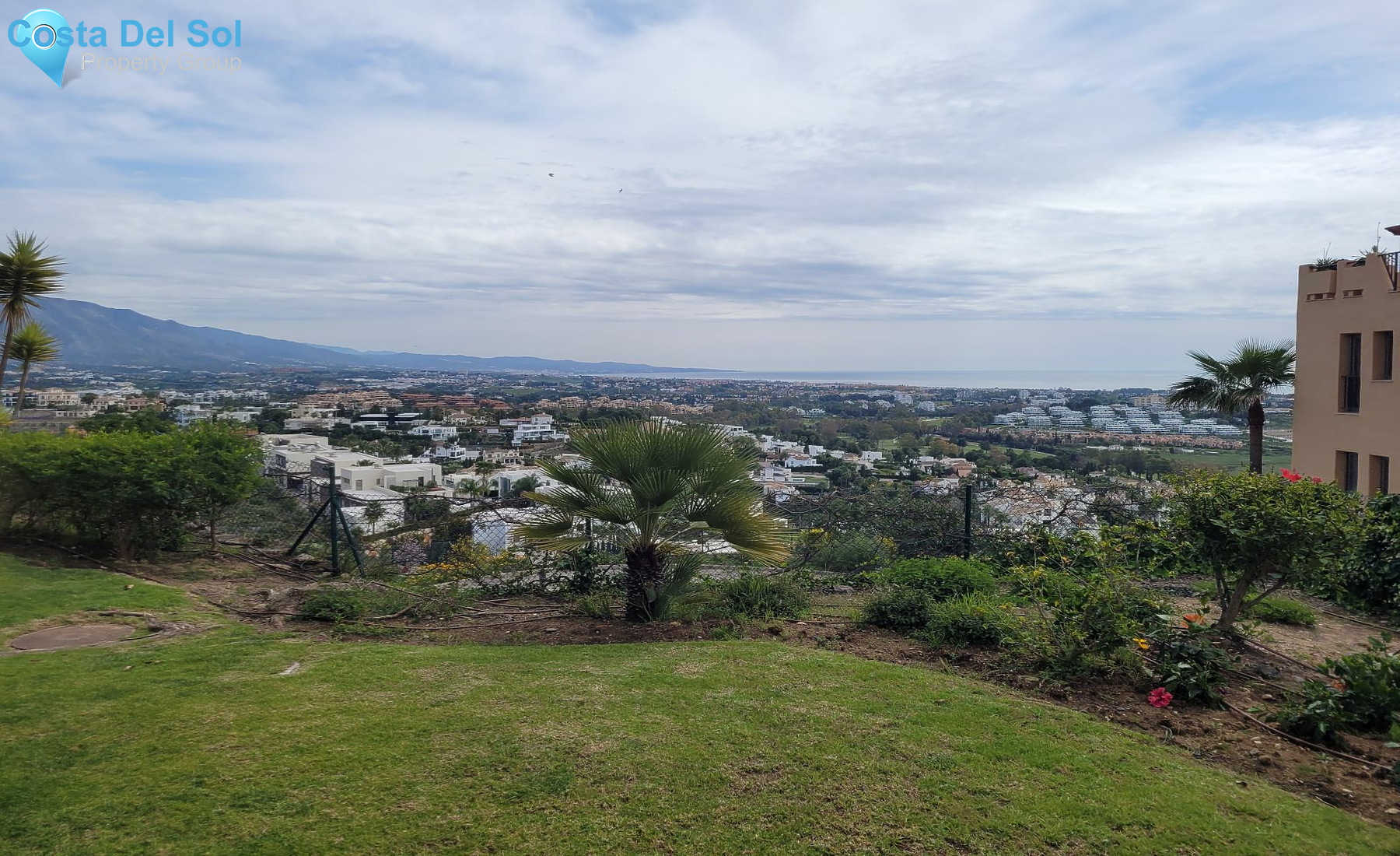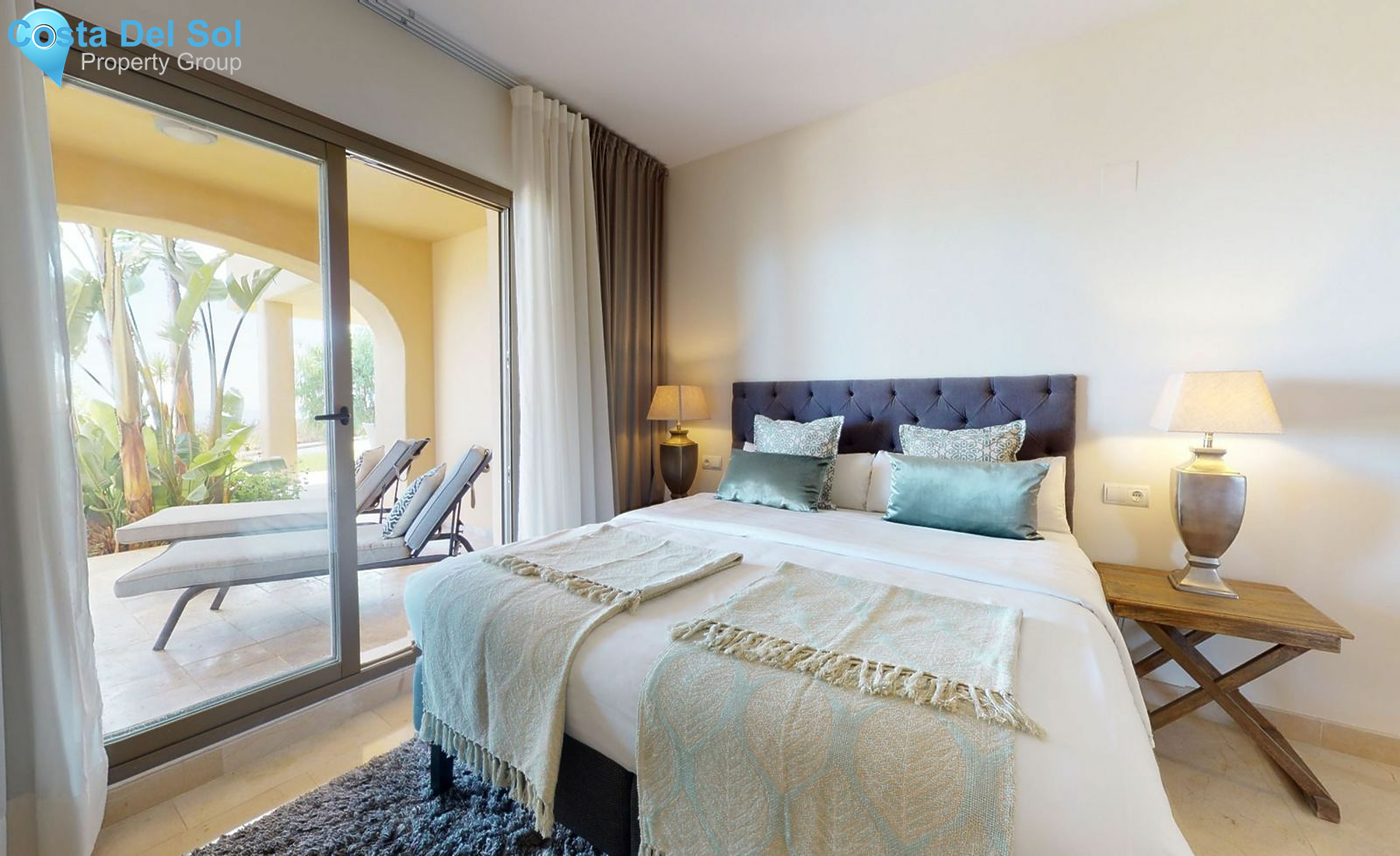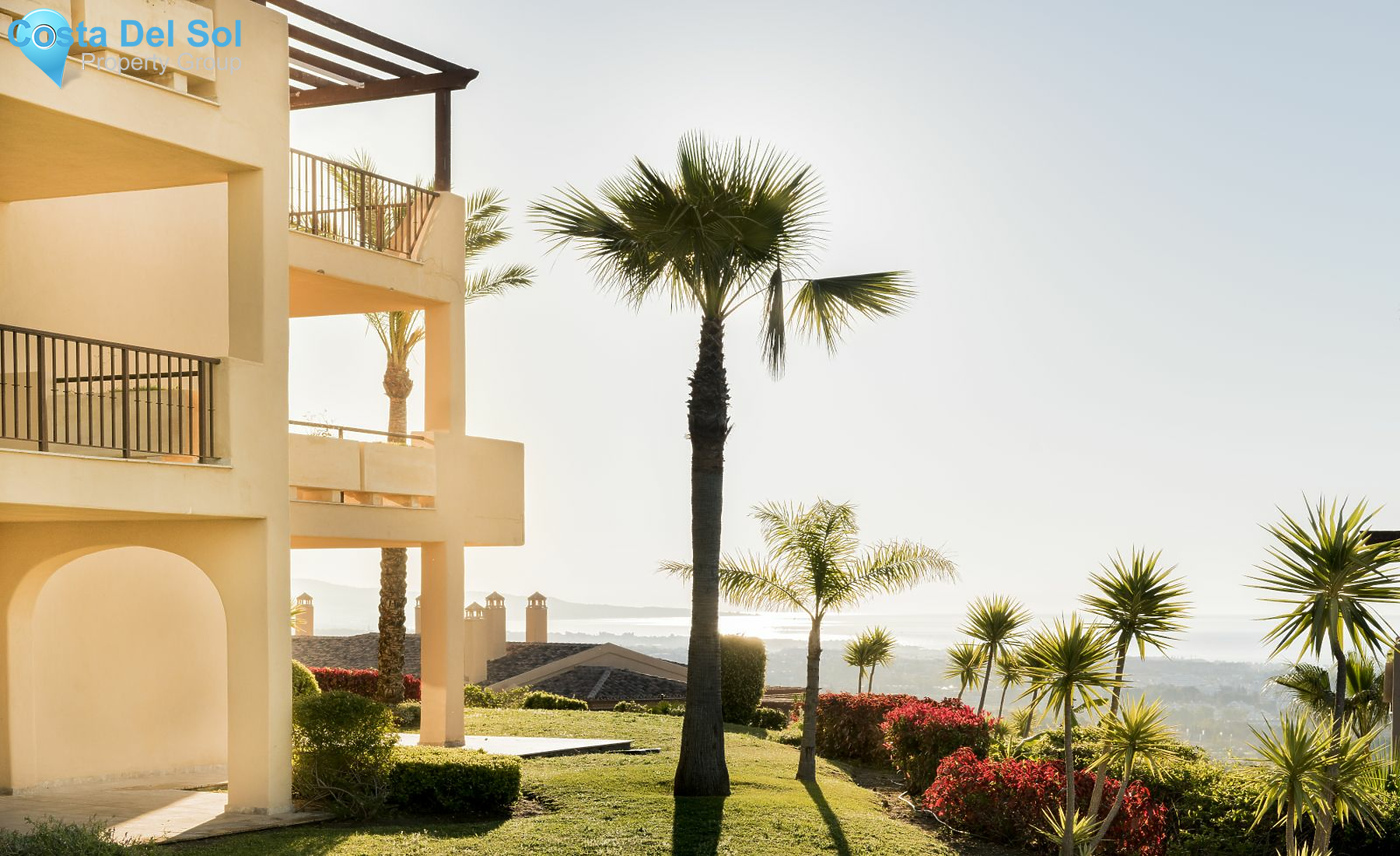Property details
- Property ID: CDS32488
- Price: € 450,000
- Plot Size: 0 m²
- Built Size: 125 m²
- Terrace Size: 45 m²
- Bedrooms: 3
- Bathrooms: 2
- Property Type: Middle Floor Apartment
Notice: Trying to access array offset on value of type bool in /var/www/clients/client5/web6/web/property.php on line 328
Notice: Trying to access array offset on value of type bool in /var/www/clients/client5/web6/web/property.php on line 328
Setting
Description
Beautiful south-west facing unfurnished three-bedroom first floor apartment in the new residential development Las Terrazas de Atalaya.
The property comprises of, living/dining room with access to the large covered terrace, open plan fitted kitchen, master bedroom with en suite bathroom with access to the terrace, with a further two guest bedrooms, separate bathroom and a utility/laundry room.
Contemporary style property with lots of light.
Other features: Double glazed windows, Porcelain flooring throughout, floor-to-ceiling sliding doors, Aerotermia system & A/C hot & cold.
Underground car parking and storage room.
Built in 2018, Las Terrazas de Atalaya offers well-maintained gardens, four swimming pools, including a Children's pool, outdoor gym, a tennis paddle court and outdoor social recreation area with BBQ.
The modern complex is only a 5-minute drive to San Pedro town and 10-minute drive to Puerto Banús and Estepona centre.
Located in the municipality of Estepona, is on the road heading toward Benahavís, in the geographical area known as Atalaya Alta, a strategically recognized location facing the spectacular golf course ATALAYA GOLF & COUNTRY CLUB.
It is situated just 2km from the beach, 10 minutes from Puerto Banús, 15 minutes from Marbella and 10 minutes from Estepona.
(Bedroom 2 – 2.89m x 2.96m) (Bedroom 3 – 3.07m x 2.89m) (Master bedroom 2.96m x 4.00m).
Property video
Location
- Area: Costa del Sol
- Town: Benahavís
Current Weather in Benahavís
About:
Benahavís is a Spanish town (pueblo) and municipality in the province of Malaga.
It is a mountain village between Marbella, Estepona, and Ronda, 7 kilometers (4.3 mi) from the coast.
On the southern face of La Serranía de Ronda mountain range, Benahavís is one of the most mountainous villages on the western Costa del Sol, near the resort beaches as well as the spectacular mountains of the Serrania de Ronda.
Its terrain is traversed by the Guadalmina, Guadaiza and Guadalmansa Rivers.
Places of great natural and historic interest are to be found within its boundaries, such as El Cerro del Duque, Daidin and the Montemayor Castle.
During the late 1990s, the Junta de Andalucia constructed a dam on the site of an old marble quarry, and now for much of the year the once ever-flowing Río Guadalmina is a dried-up riverbed.
Notice: Trying to access array offset on value of type bool in /var/www/clients/client5/web6/web/Global-Includes/footer.php on line 1
File does not exist. "https://costadelsolpropertygroup.com/propertyVideos/noVideo.mp4"
